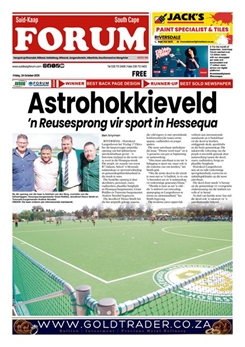Every year the investment environment affirms some of the lessons of the past, and teaches us a few new ones. 2015 was no different.
In a world of low growth, any growth is prized disproportionately
History doesn’t quite repeat itself
When the current 6-year bull market started, QE (quantitative easing) was just starting. US interest rates had begun dropping from a high of over 5% and stimulation packages were in high gear. At the start of this year, there was an expectation in the market that we were on the cusp of another bout of growth – a view that was soon dispelled with developments in China and a sharp reduction in growth forecasts. The playbook turned out to have a few twists. No cycle fits a perfect pattern, and every aspect needs to be carefully considered, every time.
Where you are in the interest rate cycle matters. A lot.
The cupboard of the US Fed and government is not nearly as well stocked with intervention tools as it was in 2008. And intervention had more than a little to do with prolonging the existence of excess capacity in certain areas which a normal cycle would have worked out of the system a long time ago. The absence of further stimulation via e.g. lower interest rates, combined with persistent oversupply, is not a shareholder-friendly recipe. Even if you are a confirmed bottom-up investor, the impact of the cycle needs to feature, at the very least, in your robust debates and scenario forecasting. It is always worth asking, “What if I’m wrong?”
Leverage is only a good thing when things are going well

















